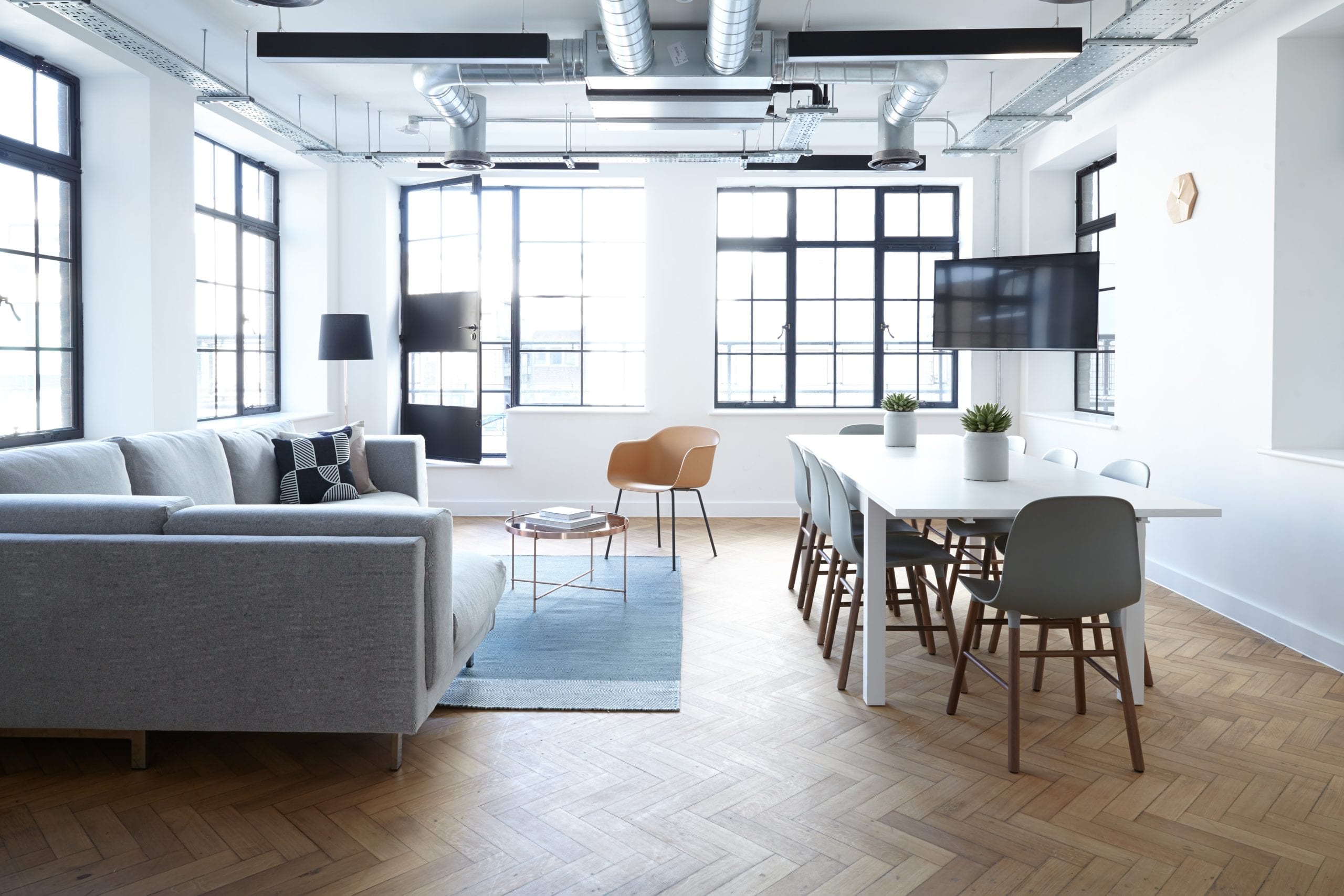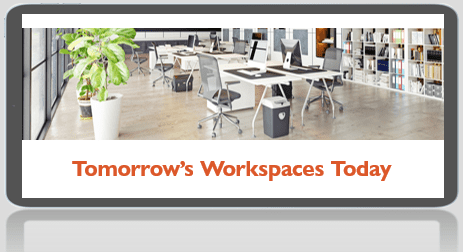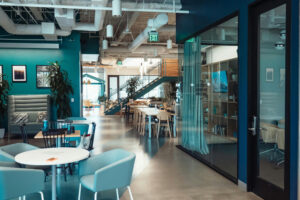Should you have sleep pods in the office?
Public Health England and Business in the Community have recently joined forces to launch a number of tool kits for employers, aimed at making working life better for employees.
Two of these focus on mental health and sleep deprivation. Office design can play a big part in helping employers support their teams with both these issues.
Whilst traditionally office design has been centred around the idea of creating work spaces that prioritise desk and meeting space, there is a growing belief that a workplace must support the general welfare of its users. Happy and well rested staff makes for a productive business, so why wouldn’t we want to give up some desk space to areas that can help breed happy, healthy colleagues?
Space to talk
Mental health within the work force is a hot topic at the moment, with the world slowly waking up to the fact that not only does it affect more than us than we think, but that it is okay to talk openly about it. Talking though is often hard in an office environment. Here are a few easy ways to make it easier for colleagues to talk to each other and open up about any problems they may have:
1) Change your desk configuration
Use smaller angular desks to create banks of work spaces where people are closer together and always next to two people
2) Encourage intimacy
Break out spaces shouldn’t just be for team meetings, have a few more intimate spaces where people can go to talk more privately without worrying about looking conspicuous or being over heard
3) More eating/social areas
Rather than one big table in the kitchen, have a few different eating and social spaces so that colleagues can sit and talk in smaller groups
Eight a night
Life is hectic and we all come in to work tired far too often than is good for ourselves or a company’s productivity. A growing reliance on technology has also impacted people’s physical ability to get a good night sleep.
The environment our bodies spend most of the day in, can prepare it for the night’s sleep that is ahead of it, so make sure your workplace is creating the right environment with the following design tips:
1) Lighting up in the office
position work stations as close to natural light as possible and think about change your lighting to daylight simulator lamps as these emit a bright, flicker-free light that mimics natural sunlight.
2) Sleep conditioning
getting the humidity, temperature and ventilation of your office right can contribute to comfort at work. The correct balance doesn’t just help employees work efficiently during the day thought, it can also positively impact rest and sleep at night too. It is therefore important to ensure air conditioning is properly maintained, that vents are positioned adequately for all spaces or that wall or ceiling fans are installed to aid air circulation.
3) Sleep on the job
It is not the sort of thing that most bosses like to encourage, but if you want to get the best out of your work force, then consider building in quiet spaces next time you redesign your office. These can act as place for staff to go to rest and relax for short periods during the day, giving them a chance to completely switch off from work for a small amount of time and maybe even grab forty winks to recharge themselves for the rest of the day.
Not every business is going to go as far as the big American law firms and put bedrooms in their offices for staff working late, but there is little doubt that giving employees space in their workplace to relax, talk and rest is needed for helping to maintain a mentally healthy, alert and happy work force.
Related stories
Need help with your office move?
Crown Workspace offers end-to-end relocation support – from planning to setup. Contact us today to learn more.
We are pleased to share our latest sustainability report highlighting the progress we have made in embedding Crown Circulate and our three-pillar responsible business strategy across Crown Workspace.
As open-plan offices lose favour, is it time to bring back more personal, tailored workspaces? Discover how blending collaboration with individual focus areas can boost employee satisfaction and productivity.




























